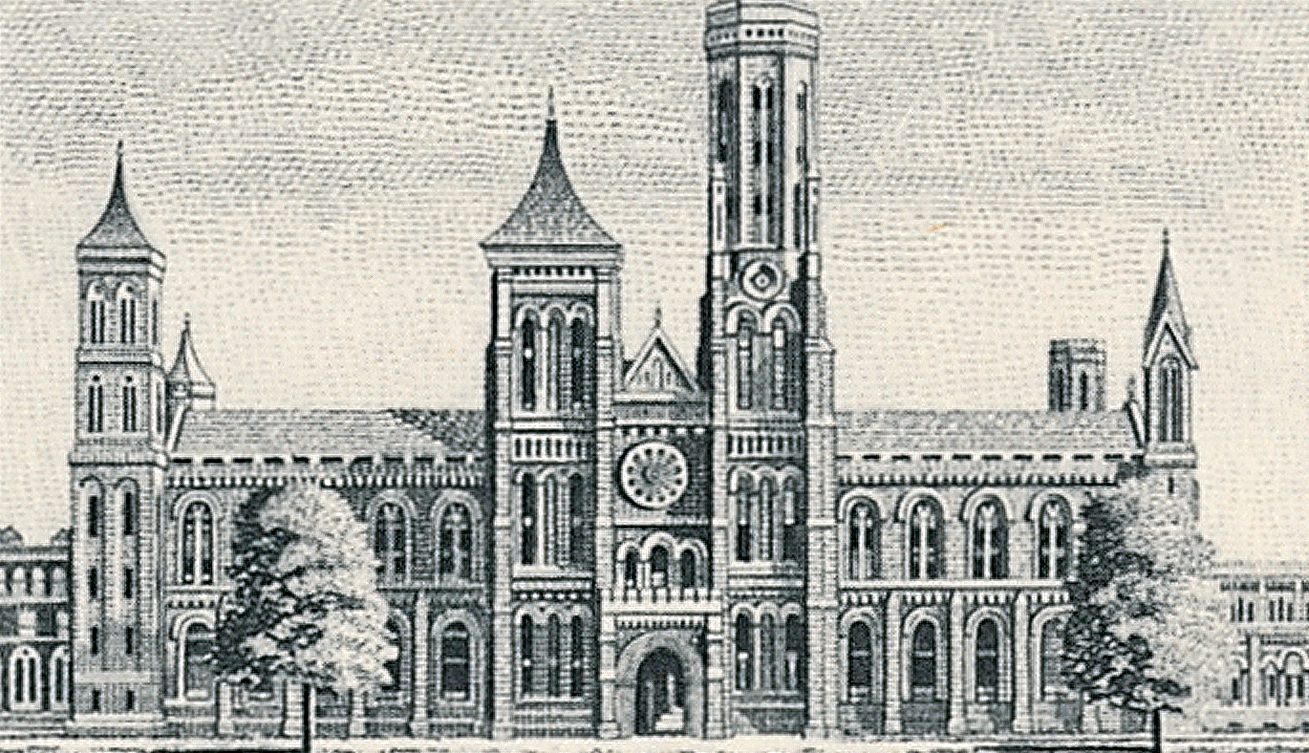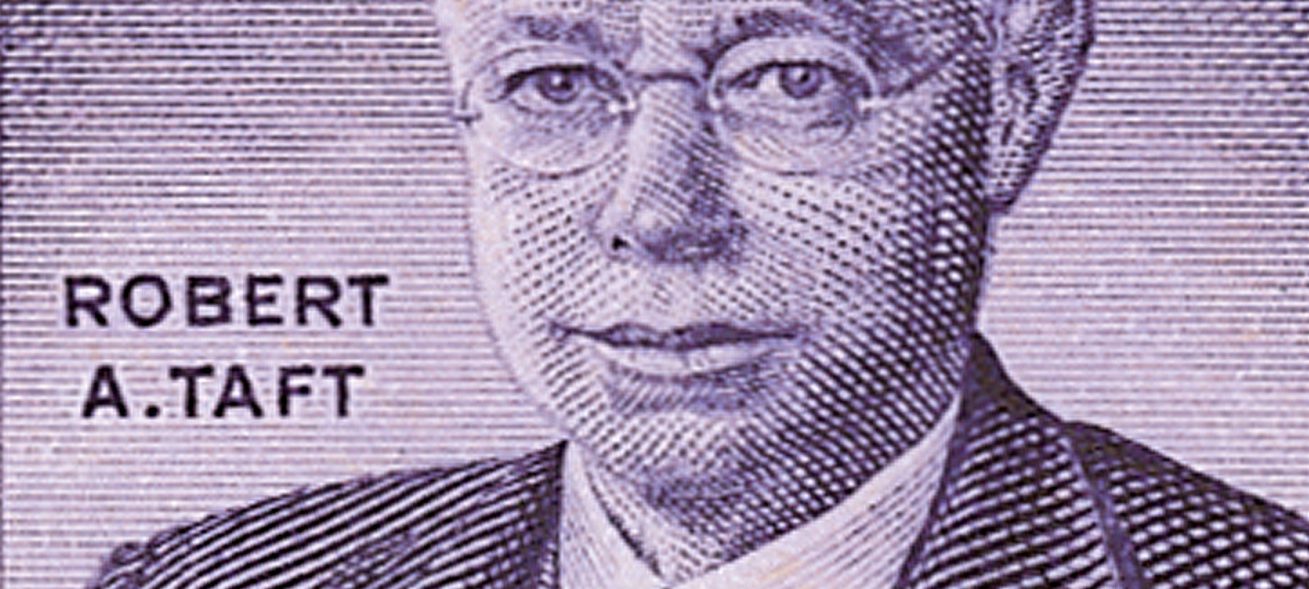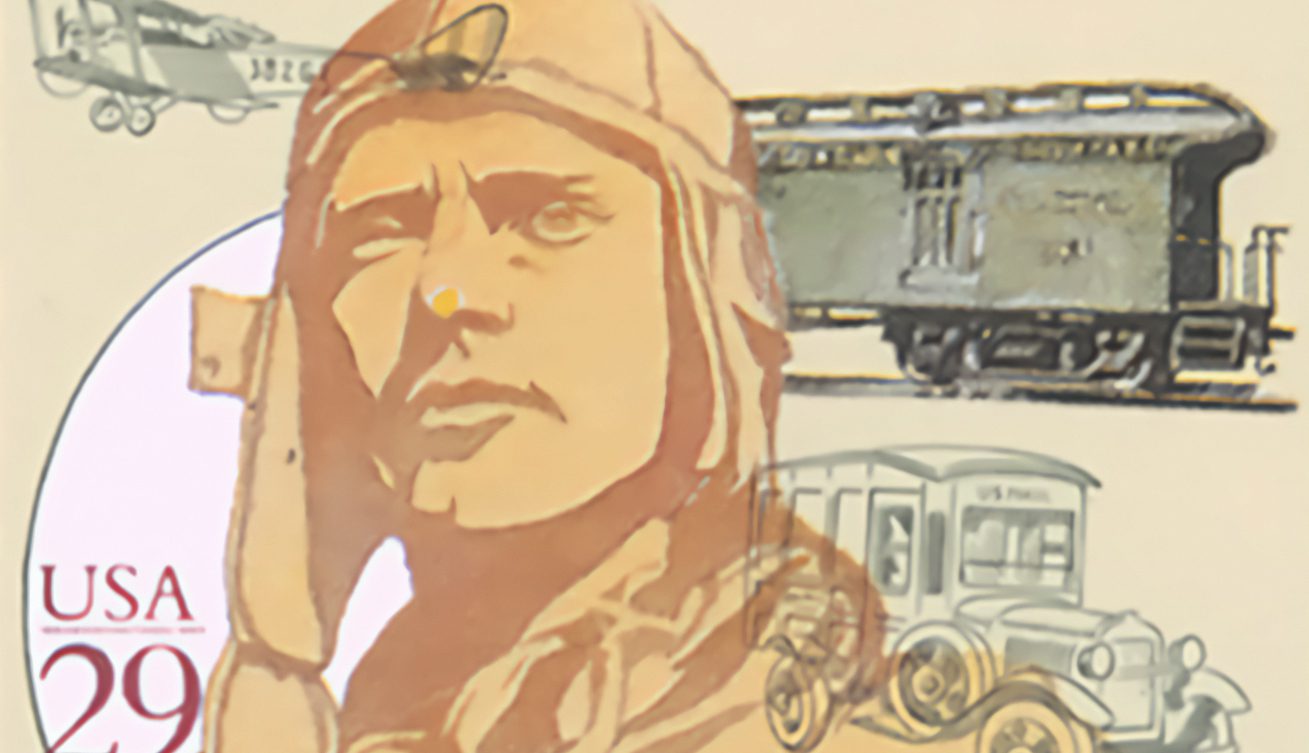Beer Stamps
On September 1, 1866, the first US Beer stamps were issued. The first stamps issued for use on alcoholic beverages, they remained in use until 1951.

On September 1, 1866, the first US Beer stamps were issued. The first stamps issued for use on alcoholic beverages, they remained in use until 1951.

On August 31, 1957, the US Post Office issued an 8¢ stamp honoring Ramon Magsaysay, the first stamp in a new Champions of Liberty Series. The stamps honor patriots who struggled courageously to protect their homelands from tyranny and further the cause of freedom.

On August 24, 1935, President Franklin D. Roosevelt signed the Potato Control Law, which led to the creation of short-lived Potato stamps.

On August 18, 1846, Stephen W. Kearny declared himself military governor of the New Mexico Territory. He had captured Santa Fe without firing a shot, as part of the Kearny Expedition.

When the Nazis were defeated in World War II, Germany was divided into two countries. Shortly after midnight on August 13, 1961, East German soldiers laid barbed wire and bricks, creating the Berlin Wall.

After a decade of debates, the Smithsonian Institution was established on August 10, 1846. Nicknamed “the nation’s attic,” it houses more than 154 million items and is the world’s largest museum, education, and research complex.

Senator Robert A. Taft, son of America’s 27th president, died on July 31, 1953, in New York City. He was considered one of the five greatest US Senators.

On July 30, 1993, the Smithsonian’s National Postal Museum opened in Washington, DC. It’s home to the National Philatelic Collection, one of the world’s largest and most valuable stamp collections.

On July 29, 1858, the US signed the Treaty of Amity and Commerce with Japan, opening trade between the two nations. The treaty marked the end of more than 200 years of Japanese isolationism.